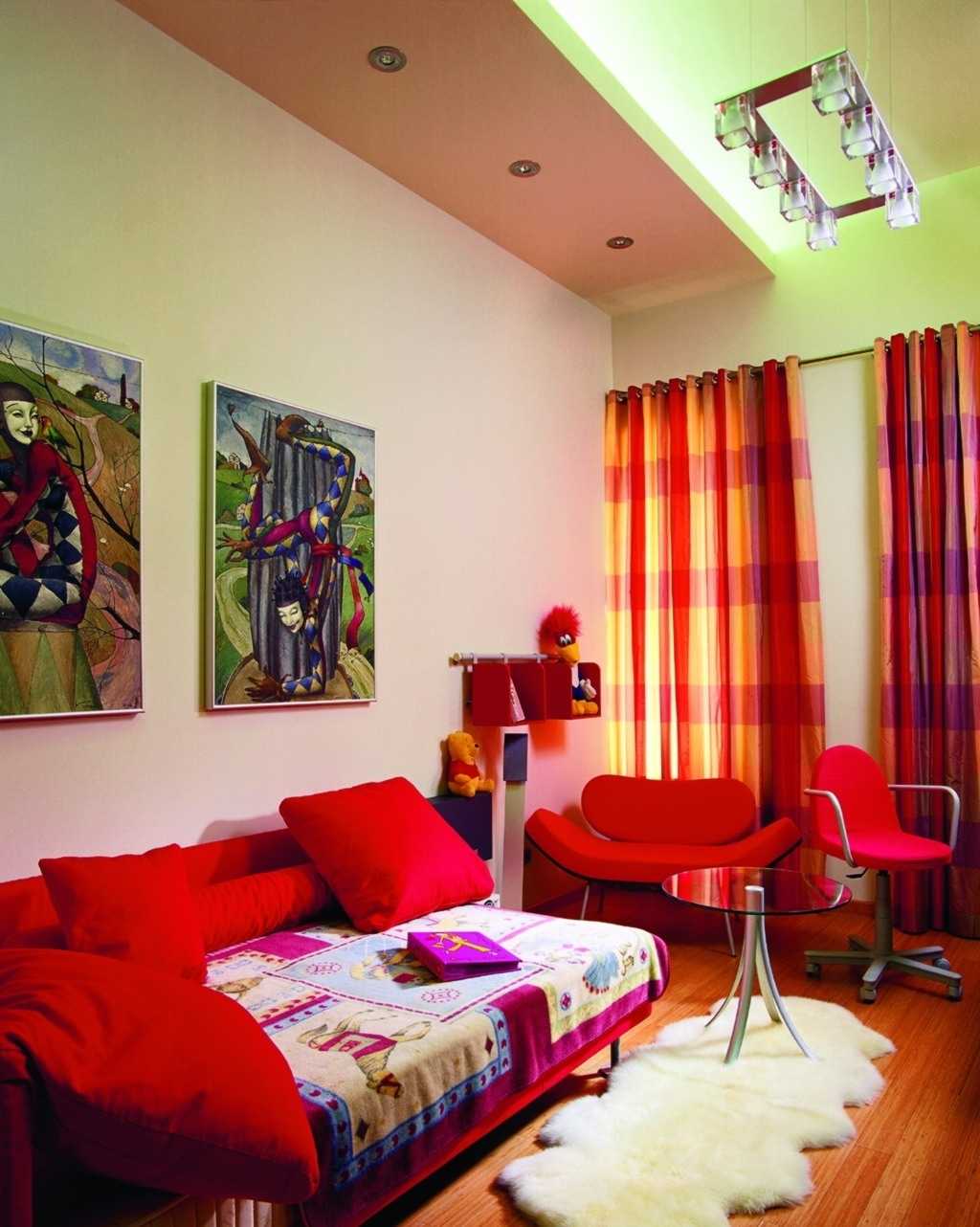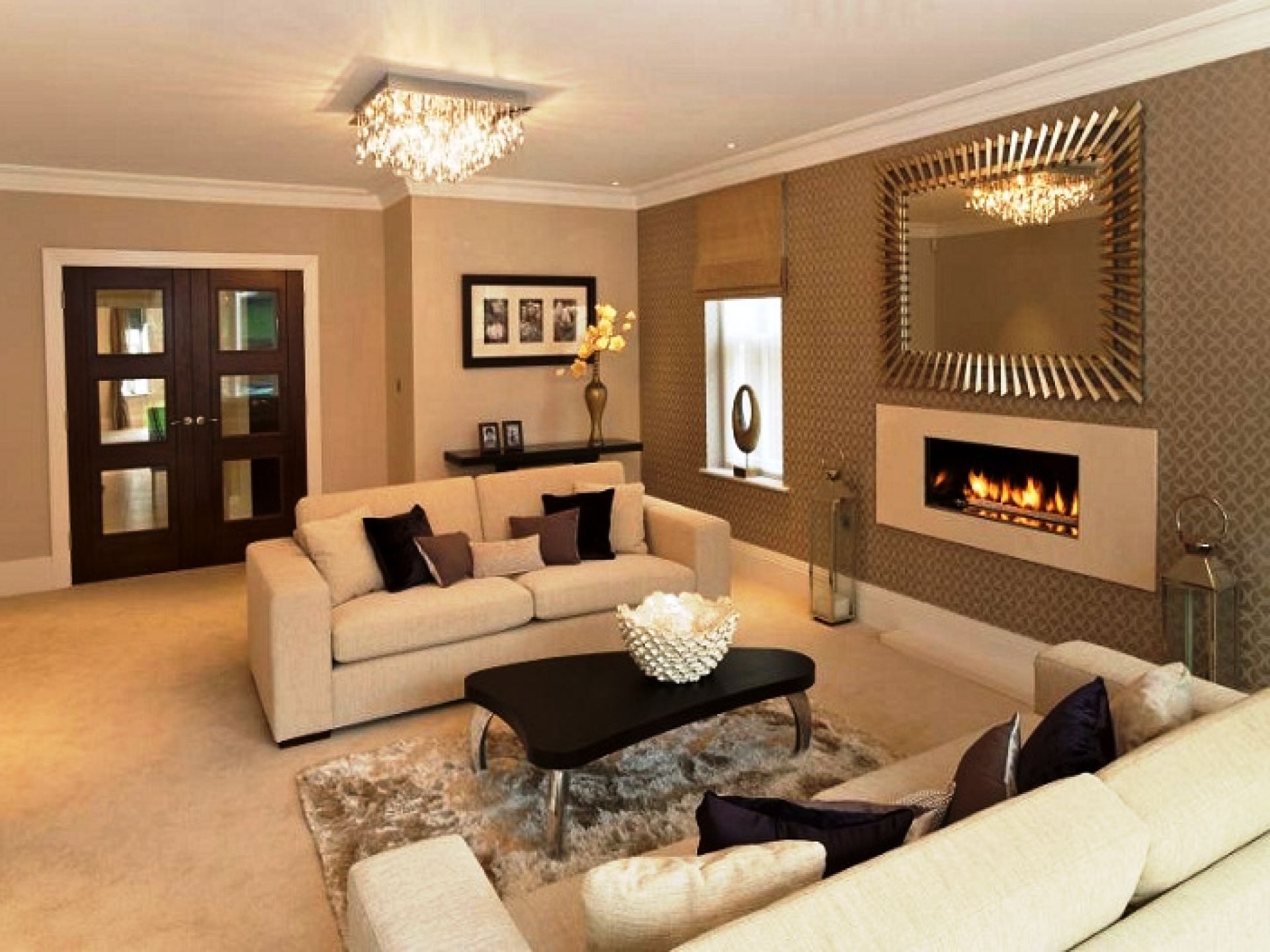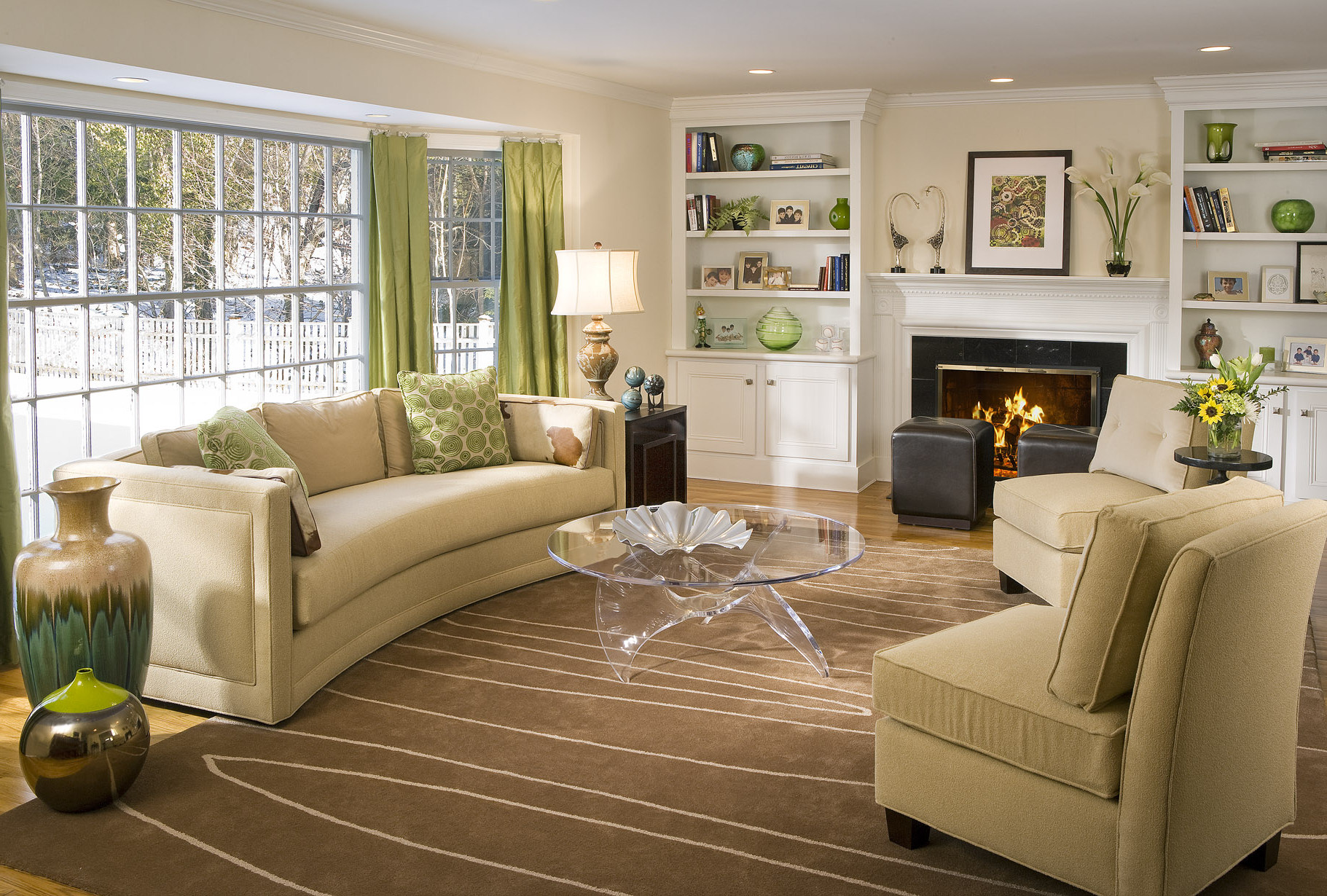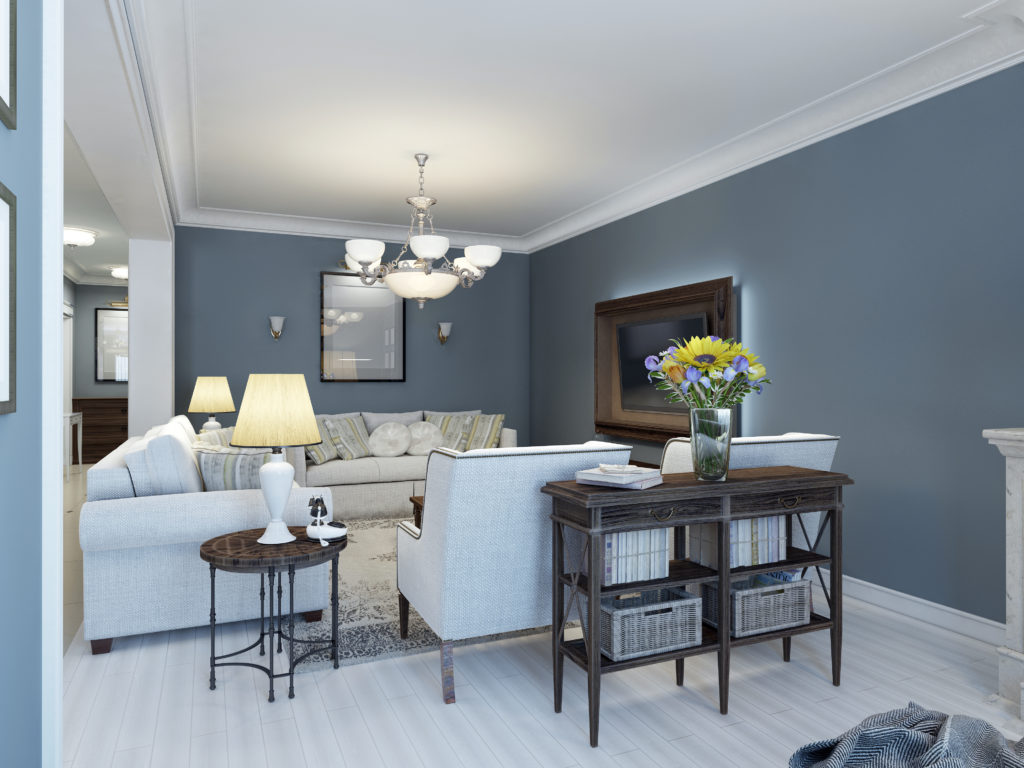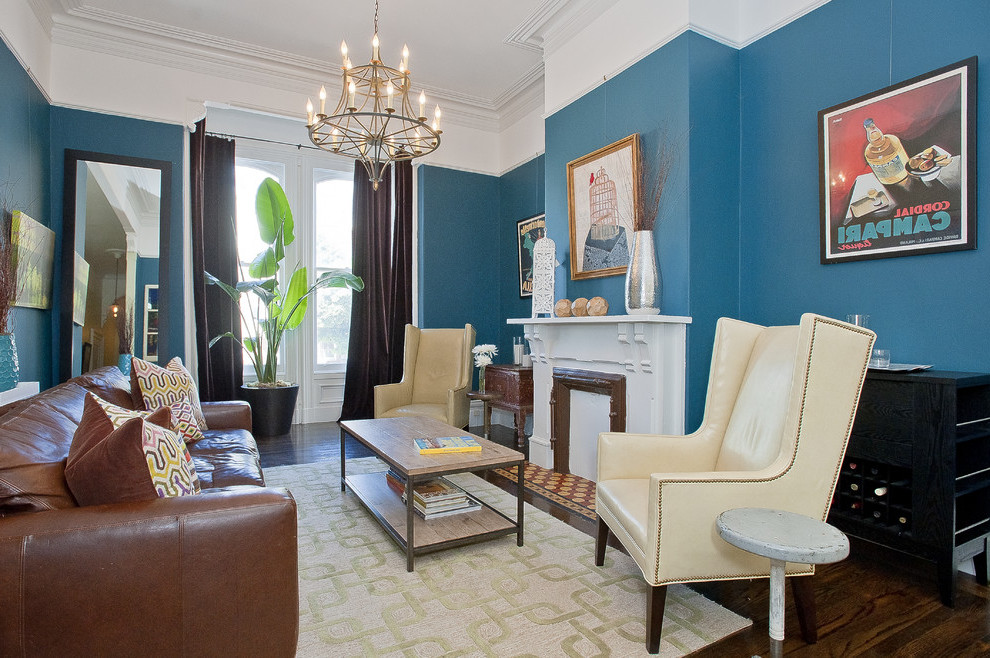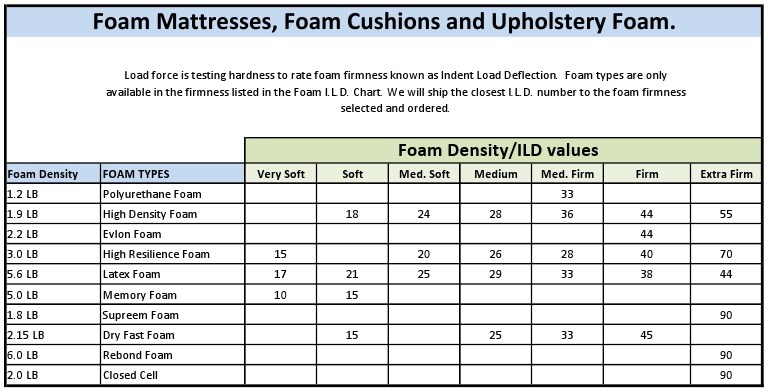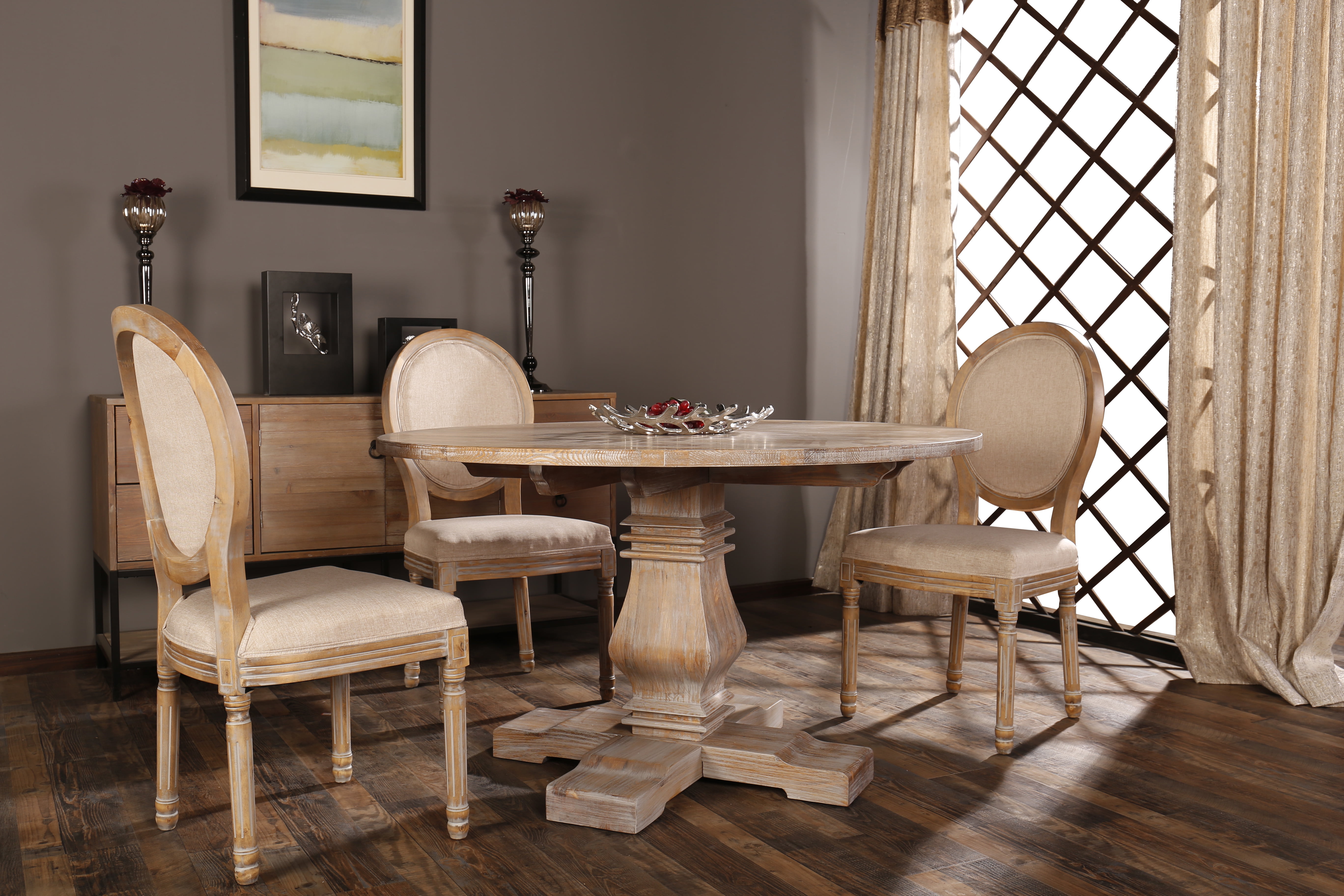A low color contrast living room is a design style that uses a limited range of colors to create a cohesive and harmonious space. This type of design is perfect for those who prefer a more subtle and understated look in their home. Here are some ideas to help you create a beautiful low color contrast living room.Low Color Contrast Living Room Ideas
The key to creating a low color contrast living room is to choose a color palette with a small range of shades and tones. This can be achieved by sticking to one or two main colors and incorporating different shades and textures of those colors throughout the room. For example, if you choose to use blue as your main color, you can incorporate different shades of blue through your furniture, accessories, and decor.How to Create a Low Color Contrast Living Room
When designing a low color contrast living room, it's important to pay attention to the balance of colors in the space. This means ensuring that one color is not overpowering the others and that all colors work together harmoniously. You can achieve this by using the 60-30-10 rule, which means 60% of the room should be your main color, 30% should be your secondary color, and 10% should be your accent color.Design Tips for a Low Color Contrast Living Room
When it comes to decor for a low color contrast living room, less is more. Stick to a few statement pieces that incorporate your chosen color palette, such as a bold piece of artwork or a colorful rug. You can also add texture to the space through different materials, such as a woven basket or a chunky knit throw blanket.Low Color Contrast Living Room Decor
Some popular color combinations for a low color contrast living room include blue and white, gray and beige, and green and brown. These color combinations create a calm and cohesive look while still adding interest and depth to the space. Experiment with different shades and tones to find the perfect combination for your home.Best Color Combinations for a Low Color Contrast Living Room
If you're struggling to come up with ideas for your low color contrast living room, look to nature for inspiration. Natural color combinations, such as earthy tones or ocean-inspired shades, can create a soothing and inviting atmosphere in your home. You can also find inspiration from home decor magazines, Pinterest, and interior design websites.Low Color Contrast Living Room Inspiration
One of the challenges of a low color contrast living room is creating depth and interest in the space. This can be achieved through the use of textures, patterns, and different shades and tones of your chosen colors. Incorporate different materials, such as wood, metal, and fabrics, to add depth and dimension to the room.Creating Depth in a Low Color Contrast Living Room
When choosing furniture for a low color contrast living room, stick to neutral colors and natural materials. This will help to create a cohesive and understated look. You can add pops of color through pillows, throws, and other accessories. Also, consider incorporating different textures, such as a velvet sofa or a woven chair, to add interest to the space.Low Color Contrast Living Room Furniture Ideas
In a low color contrast living room, texture is key to creating interest and depth. You can incorporate texture through your furniture, decor, and even your walls. Consider adding a textured wallpaper or a stone feature wall to add visual interest to the space. You can also mix and match different textures, such as a smooth leather sofa paired with a fluffy faux fur rug.Using Texture to Add Interest in a Low Color Contrast Living Room
If you're looking to paint your low color contrast living room, stick to one or two main colors and use different shades and tones to add depth. You can also consider using a textured paint, such as a suede or metallic finish, to create interest on your walls. Remember to keep the overall color scheme cohesive and balanced for a cohesive look.Low Color Contrast Living Room Paint Ideas
How to Create a Cozy Low Color Contrast Living Room for Your Home

The Power of Color Contrast
 When it comes to designing a living room, color contrast plays a crucial role in creating a space that is visually appealing and inviting. While high color contrast living rooms may be bold and eye-catching, a low color contrast living room can create a cozy and soothing atmosphere that is perfect for relaxation and intimate gatherings. By understanding the basics of color theory and incorporating a few design tips, you can transform your living room into a cozy sanctuary that exudes comfort and style.
When it comes to designing a living room, color contrast plays a crucial role in creating a space that is visually appealing and inviting. While high color contrast living rooms may be bold and eye-catching, a low color contrast living room can create a cozy and soothing atmosphere that is perfect for relaxation and intimate gatherings. By understanding the basics of color theory and incorporating a few design tips, you can transform your living room into a cozy sanctuary that exudes comfort and style.
The Basics of Low Color Contrast
 Low color contrast living rooms consist of a color scheme that uses shades and tones of the same color family, rather than contrasting colors. This creates a more subtle and cohesive look, allowing the eye to flow seamlessly throughout the room. To achieve a low color contrast living room, start by selecting a base color that you want to use as the foundation for your design. This could be a warm neutral like beige or cream, or a cool tone like light blue or gray. Once you have your base color, choose a few shades and tones within that color family to use as accents throughout the room.
Low color contrast living rooms consist of a color scheme that uses shades and tones of the same color family, rather than contrasting colors. This creates a more subtle and cohesive look, allowing the eye to flow seamlessly throughout the room. To achieve a low color contrast living room, start by selecting a base color that you want to use as the foundation for your design. This could be a warm neutral like beige or cream, or a cool tone like light blue or gray. Once you have your base color, choose a few shades and tones within that color family to use as accents throughout the room.
Creating a Cozy Atmosphere
 The key to a successful low color contrast living room is creating a cozy and inviting atmosphere. This can be achieved through the use of texture and layers. Incorporate different textures such as plush fabrics, knitted throws, and woven baskets to add depth and warmth to the room. Layering these textures will create a cozy and inviting space that is perfect for curling up with a good book or enjoying a movie night with friends and family.
The key to a successful low color contrast living room is creating a cozy and inviting atmosphere. This can be achieved through the use of texture and layers. Incorporate different textures such as plush fabrics, knitted throws, and woven baskets to add depth and warmth to the room. Layering these textures will create a cozy and inviting space that is perfect for curling up with a good book or enjoying a movie night with friends and family.
Adding Pops of Color
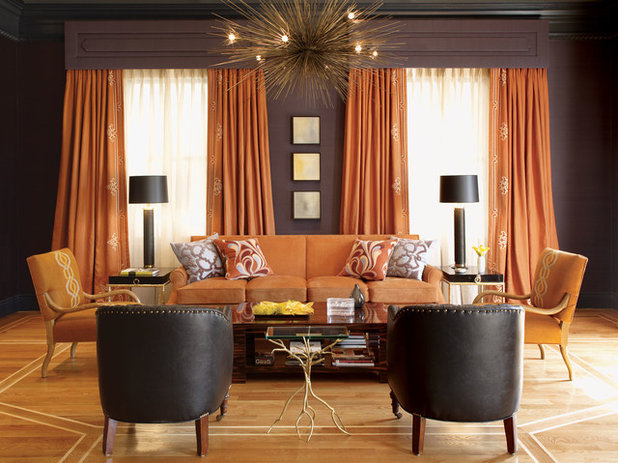 While a low color contrast living room may primarily consist of shades and tones within the same color family, adding pops of color can bring life and personality to the space. Choose one or two complementary colors to use as accents throughout the room, such as a bold rug or patterned throw pillows. This will add visual interest and prevent the room from feeling too monotonous.
While a low color contrast living room may primarily consist of shades and tones within the same color family, adding pops of color can bring life and personality to the space. Choose one or two complementary colors to use as accents throughout the room, such as a bold rug or patterned throw pillows. This will add visual interest and prevent the room from feeling too monotonous.
Lighting is Key
:max_bytes(150000):strip_icc()/Litchfield_BeresfordHill_025-5b89787fc9e77c00258aa53c.jpg) Lighting is crucial in any living room, but it plays an even more significant role in a low color contrast space. Natural light is ideal, so keep curtains or blinds open during the day to let in as much light as possible. In the evenings, opt for warm and dimmable lighting to create a cozy and intimate ambiance.
Lighting is crucial in any living room, but it plays an even more significant role in a low color contrast space. Natural light is ideal, so keep curtains or blinds open during the day to let in as much light as possible. In the evenings, opt for warm and dimmable lighting to create a cozy and intimate ambiance.
Bringing it All Together
 By following these design tips, you can create a cozy and inviting low color contrast living room that is perfect for relaxing and unwinding. Remember to stick to a cohesive color scheme, incorporate texture and layers, and add pops of color for visual interest. With a little bit of creativity and attention to detail, you can transform your living room into a cozy sanctuary that you'll love spending time in.
By following these design tips, you can create a cozy and inviting low color contrast living room that is perfect for relaxing and unwinding. Remember to stick to a cohesive color scheme, incorporate texture and layers, and add pops of color for visual interest. With a little bit of creativity and attention to detail, you can transform your living room into a cozy sanctuary that you'll love spending time in.









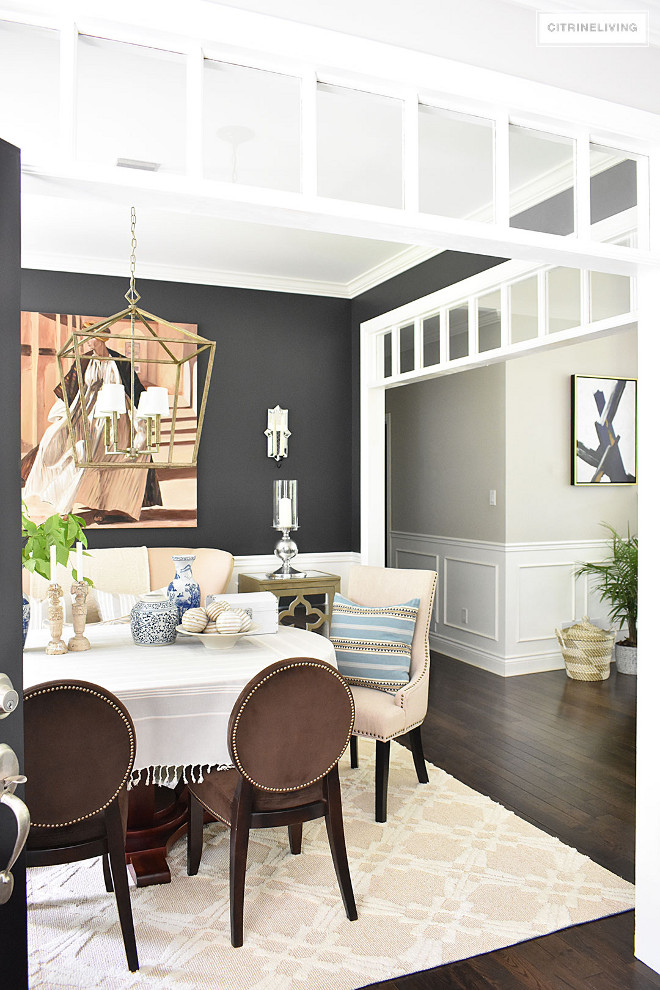



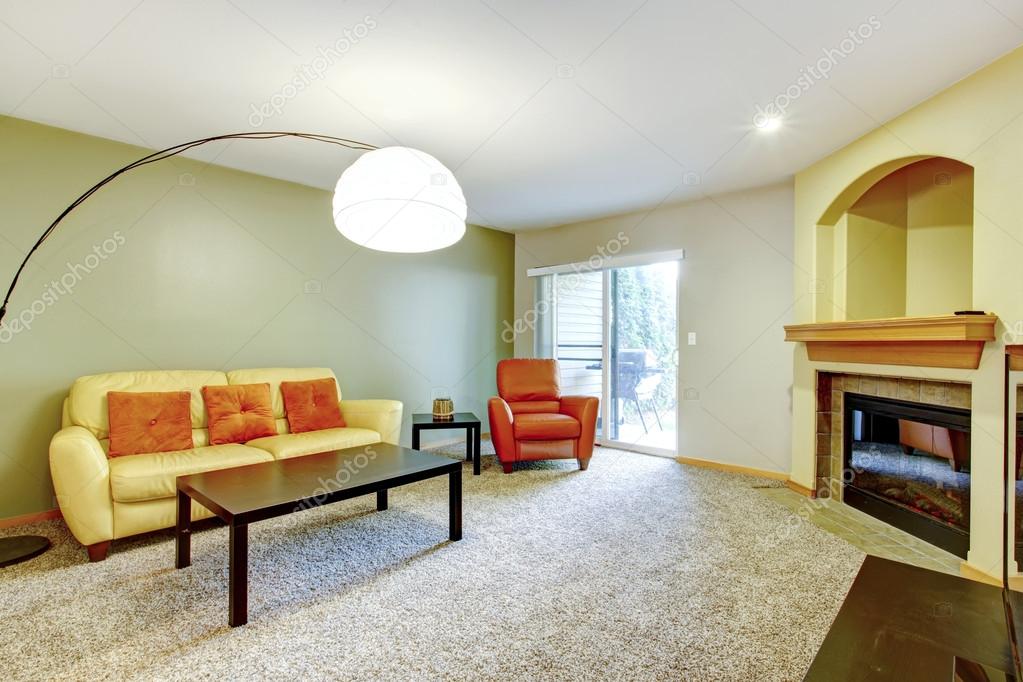





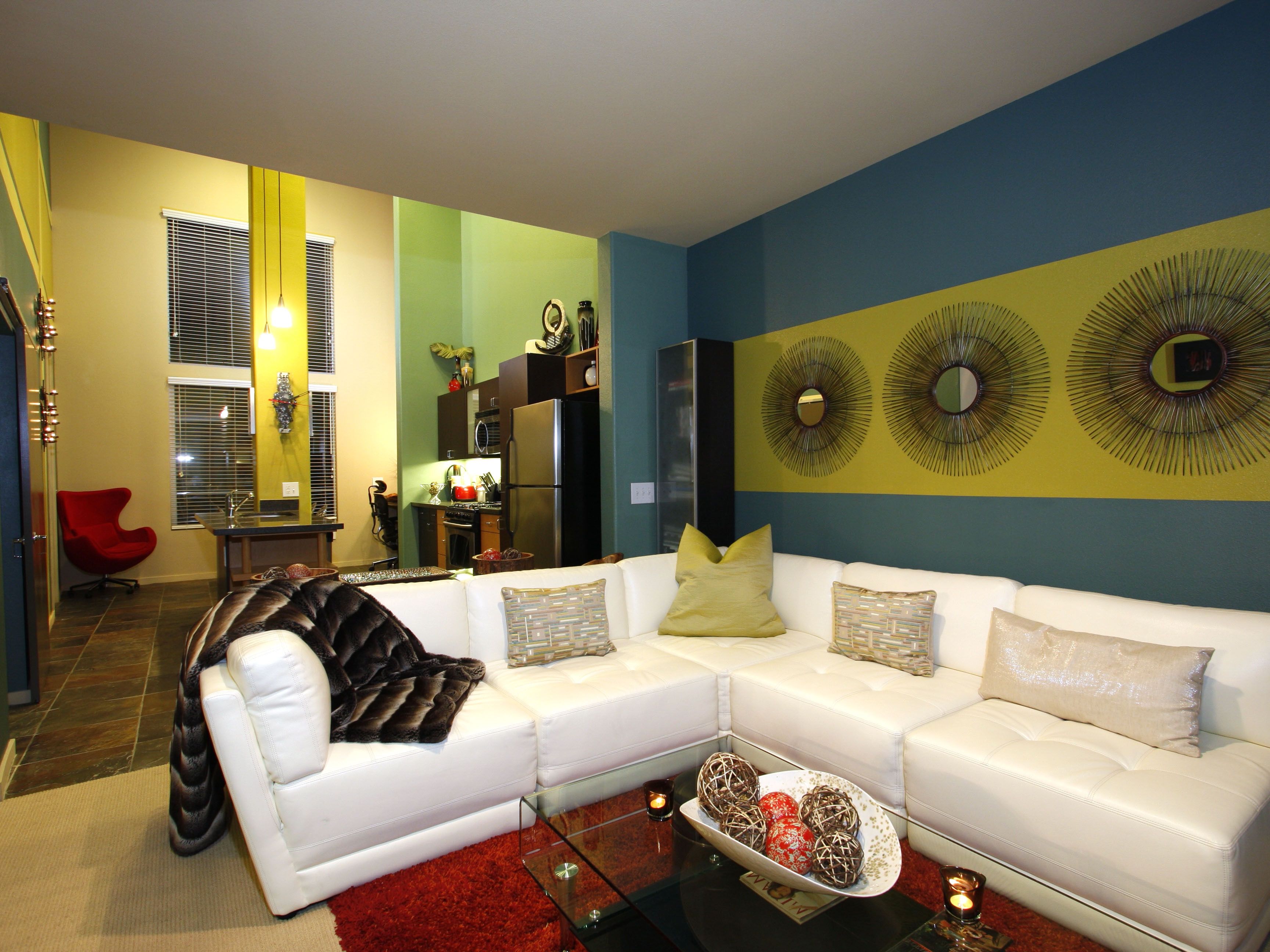

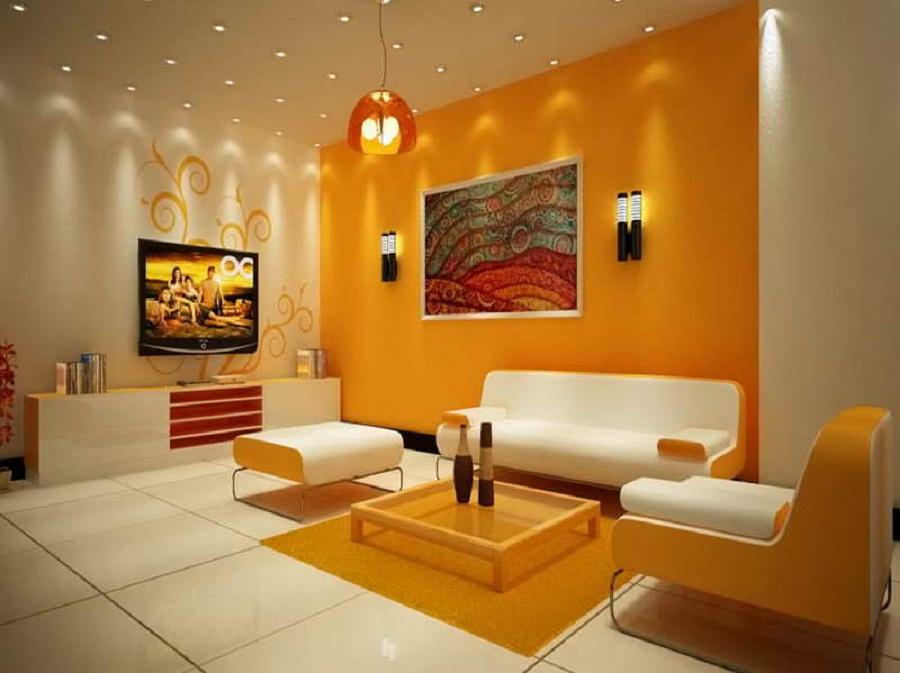





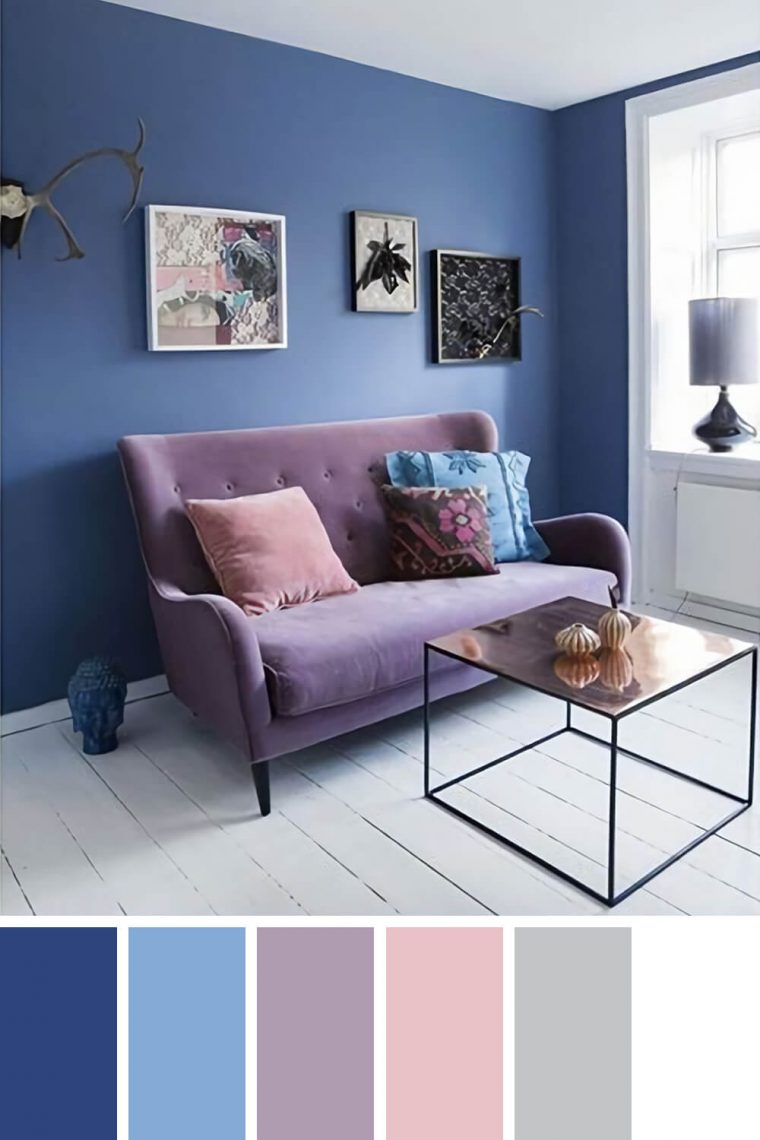




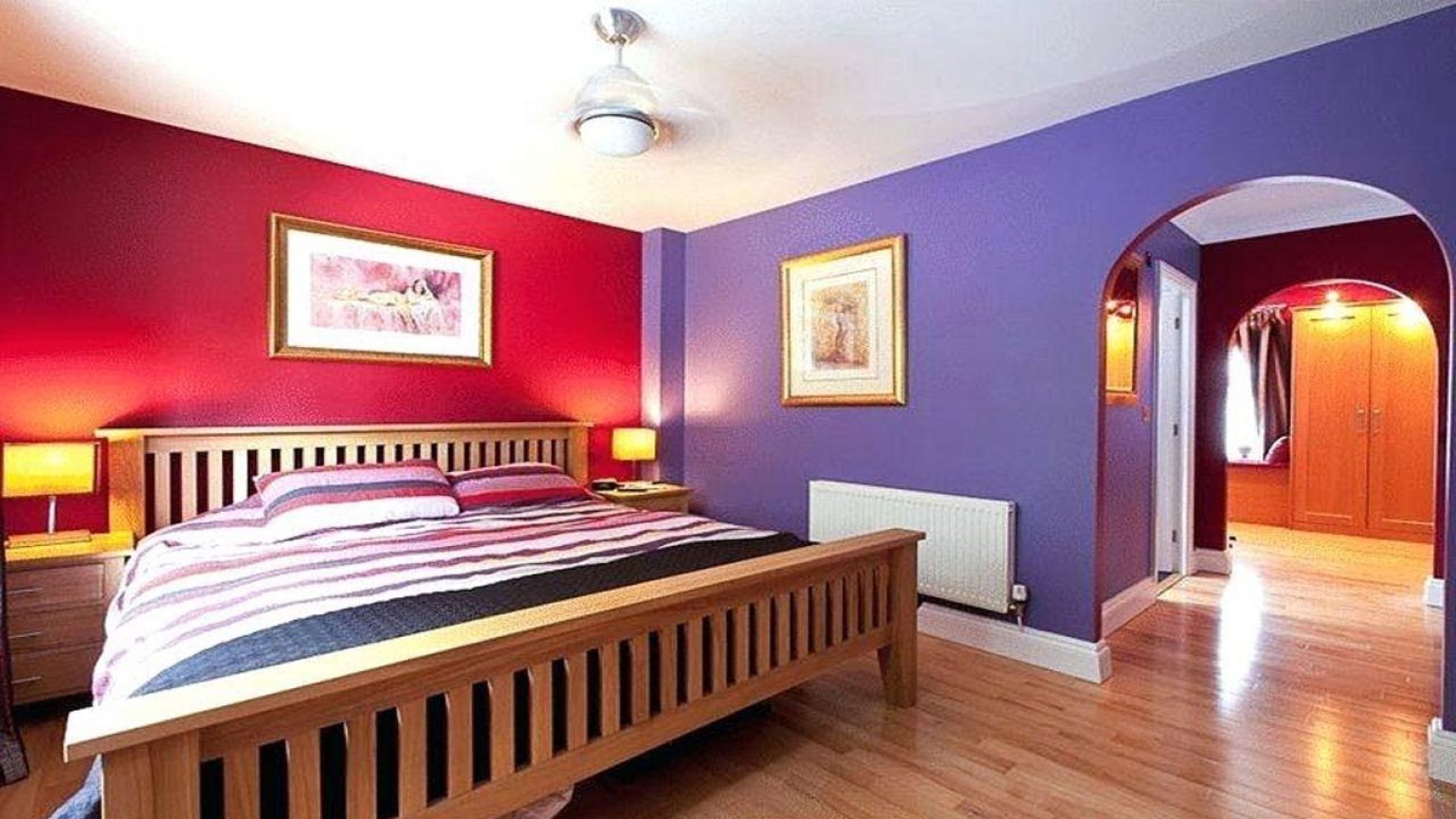
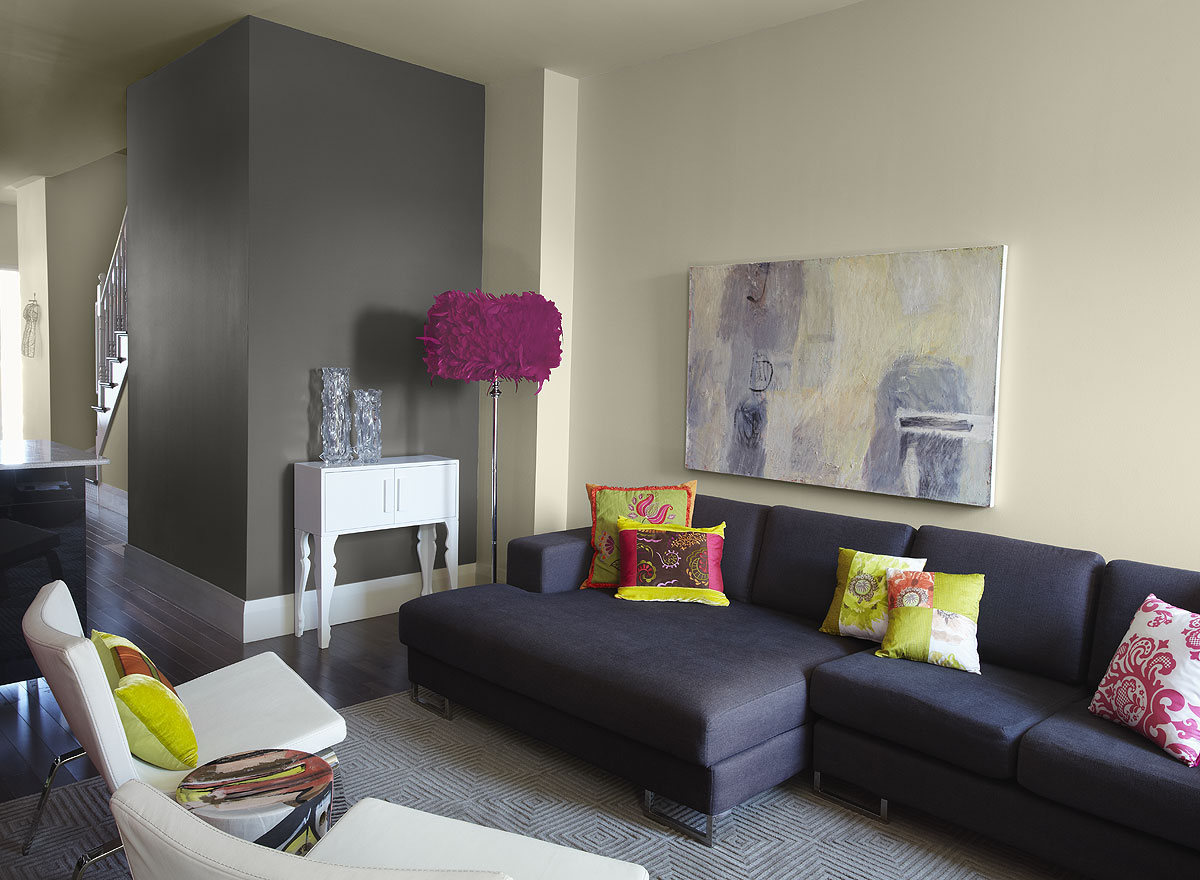







:max_bytes(150000):strip_icc()/Color-Contrast-Chart-59091b973df78c9283e31928-8f0e8f537b1a48d2b8961afa04bc6928.jpg)




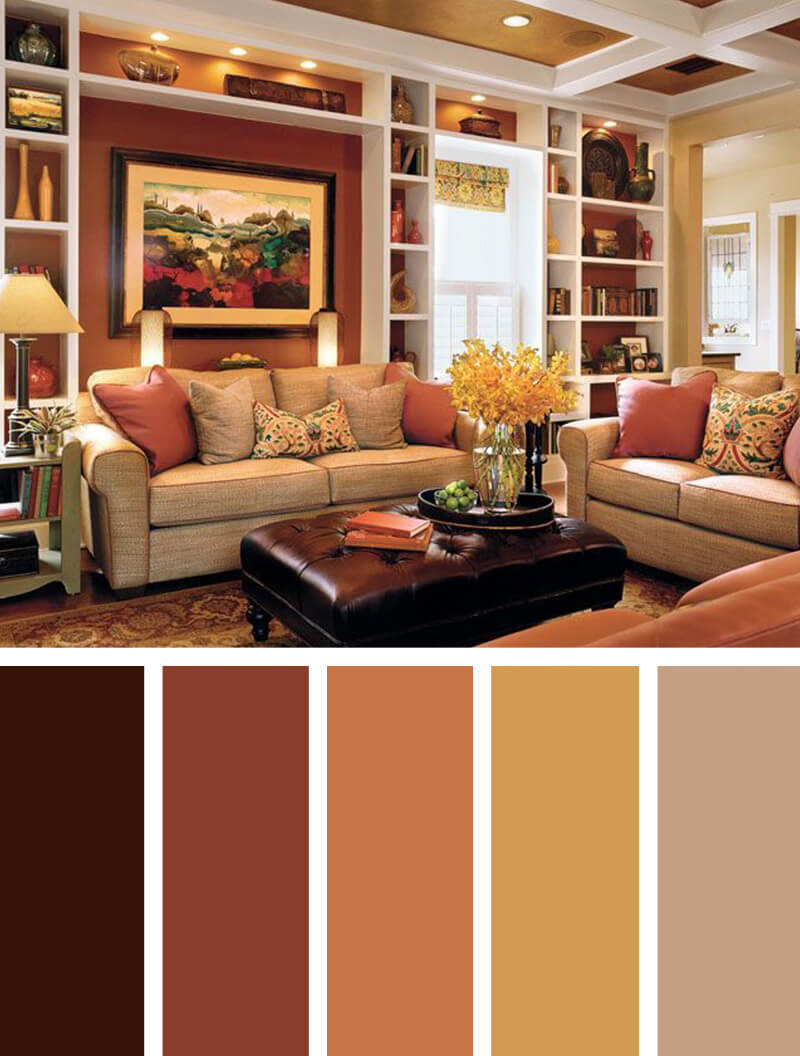


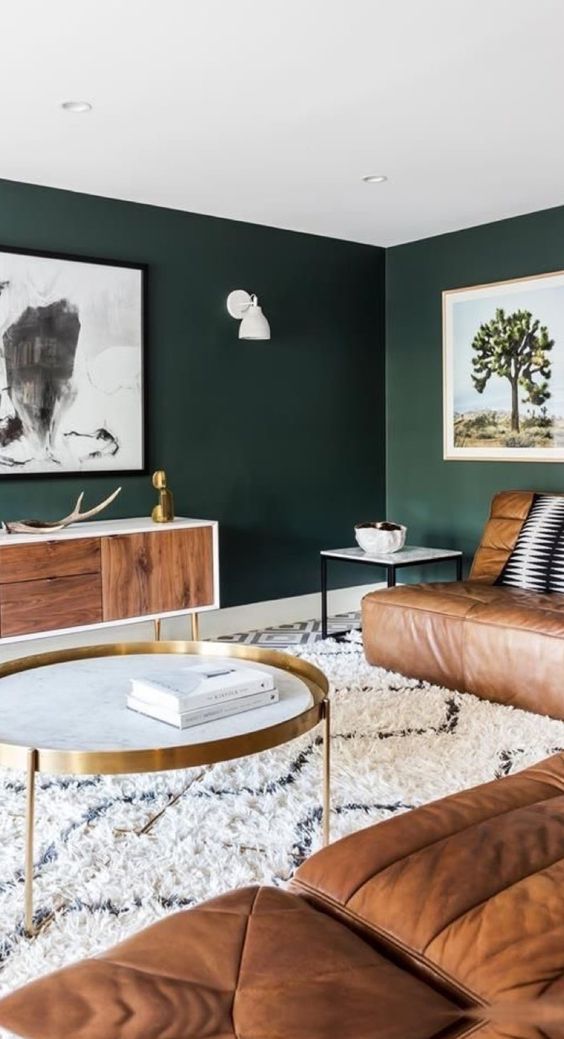

/Color-Contrast-Chart-59091b973df78c9283e31928.jpg)



